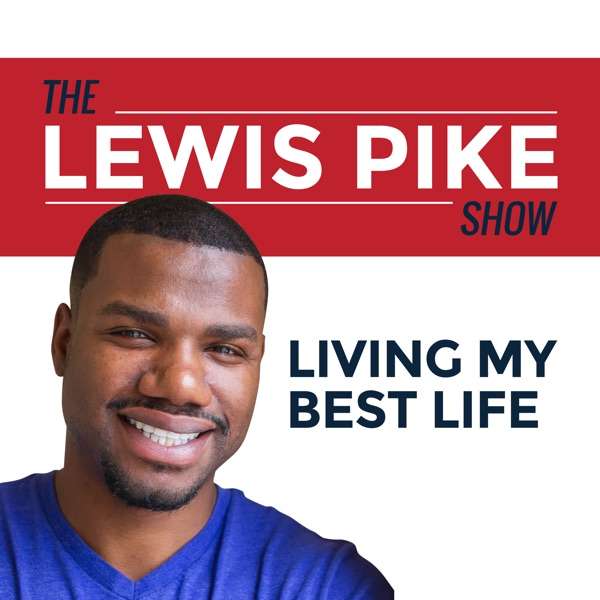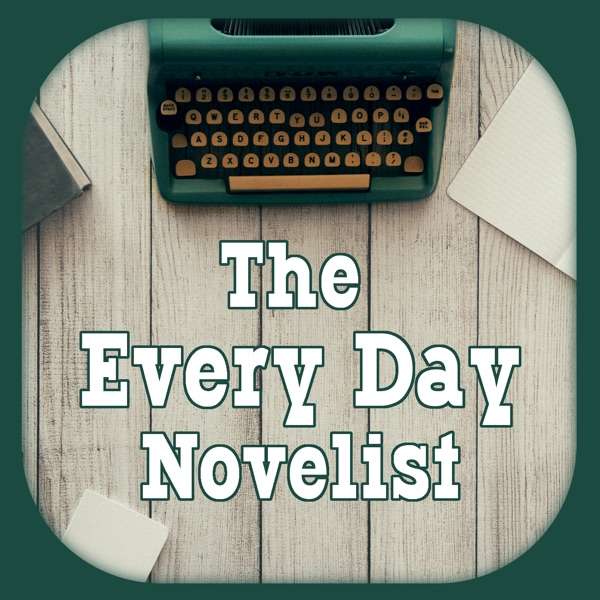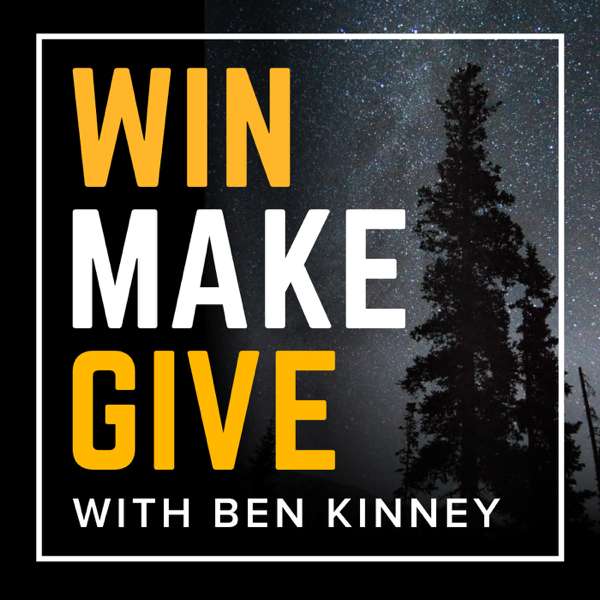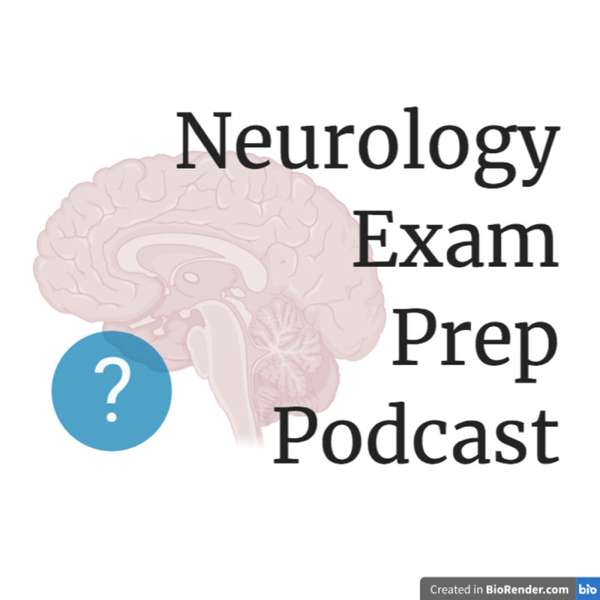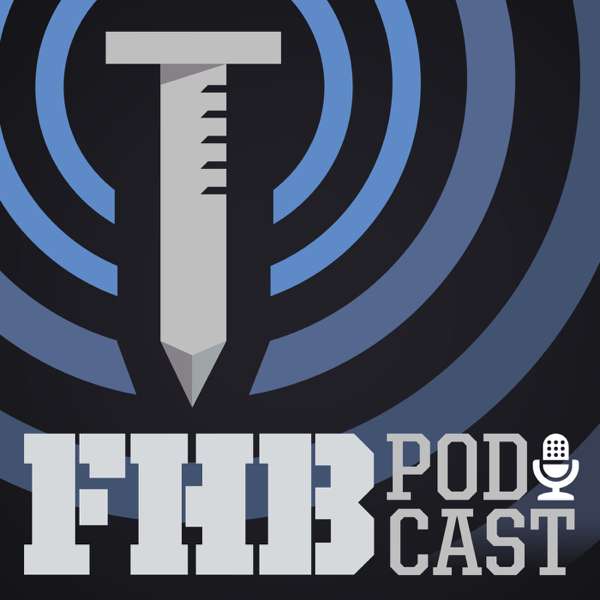The series ends with a final test for the Jaguars at the city championship. After the last point has been scored, members of the team try to assess their success. And what about the success of the merger? Students and coaches look at how the integration played out across John Jay’s athletics program, and ask: was it all worth it?
For stats, photos, bonus audio and more, check out our Keeping Score page.
Want exclusive content from Miseducation? Join us on Patreon.
* * *
“Keeping Score” is a co-production of WNYC Studios and The Bell. Connect with us at keepingscore@wnyc.org.
For WNYC: Alana Casanova-Burgess, Jessica Gould, Joe Plourde, Jenny Lawton, Karen Frillmann, Emily Botein, Wayne Schulmeister, and Andrew Dunn.
For The Bell: Mariah Morgan, Lauren Valme, Renika Jack, Noor Muhsin, Thyan Nelson, Jacob Mestizo, Taylor McGraw, and Mira Gordon.
Fact-check by Natalie Meade. Music by Jared Paul – with additional tracks by Hannis Brown and Isaac Jones. Special thanks to Atiqa Chowdhury, Delsina Kolenovic, Giana Ospina, Adrian Uribarri, Mike Barry, Theodora Kuslan, Andrea Latimer, Kim Nowacki, Dalia Dagher, Jennifer Houlihan Roussel, Michelle Xu, Rachel Leiberman, Miriam Barnard, Andrew Golis, Christopher Werth, and the entire team at The United States of Anxiety.
Miseducation is a podcast of The Bell that equips New York City public high school students with the tools to report on inequities in the nation’s largest school system.

 Our TOPPODCAST Picks
Our TOPPODCAST Picks  Stay Connected
Stay Connected


